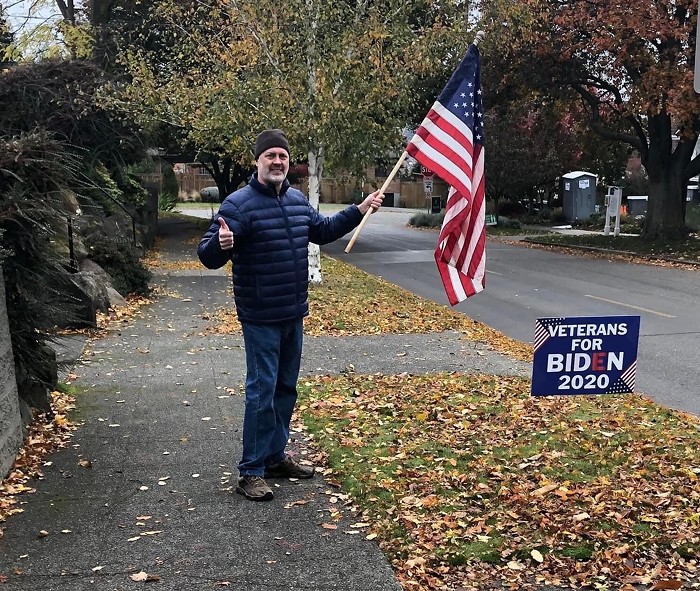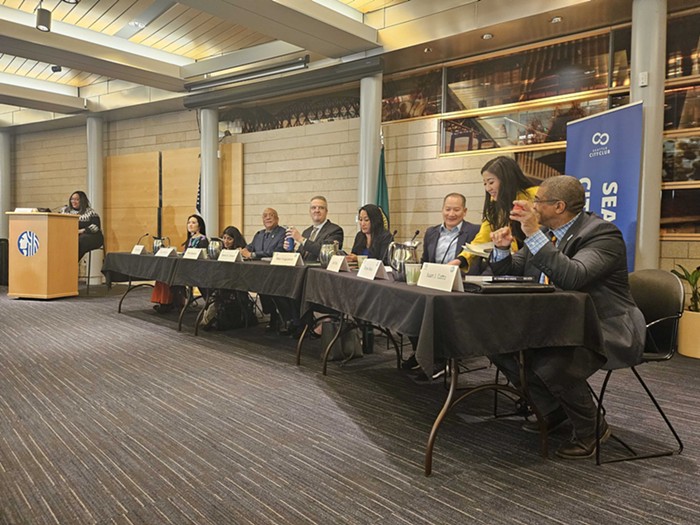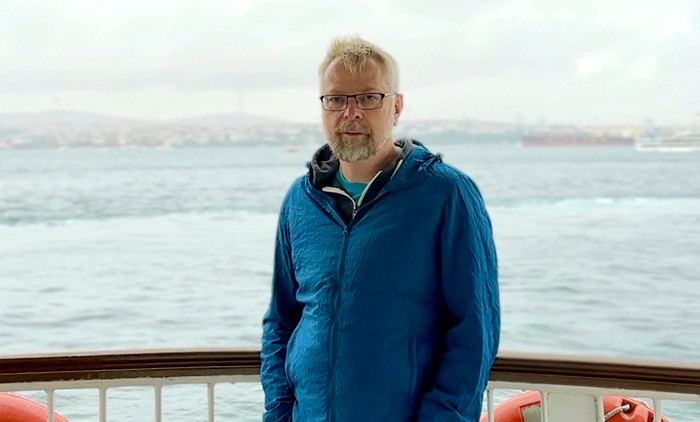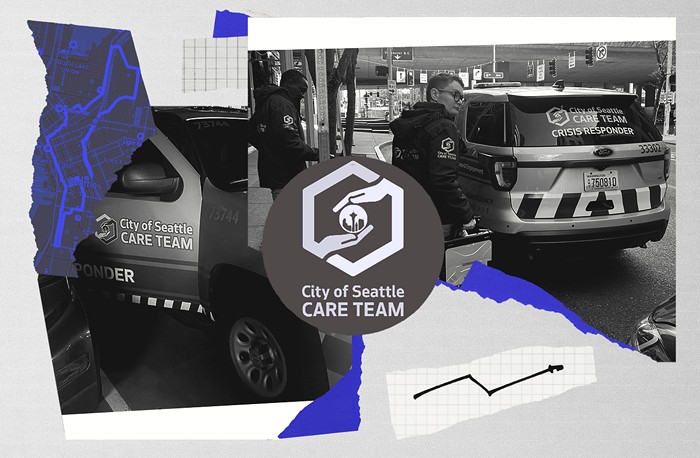
Better late than never. Yesterday, the City Council's Public Safety Committee unanimously passed a resolution to move toward the abolition of youth detention in Seattle. The resolution establishes goals of "zero use of detention for youth" and the use of community-based alternatives to detention instead.
This means that someday the jail component of King County's $210 million Children and Family Justice Center planned for the Central District—to replace the aging current building—will have to be dismantled and either moved outside city limits or converted into a non-detention facility.
The resolution was introduced by Council Member Mike O'Brien. But it's primarily the result of tenacious work by the movement against the jail. (In March, the county bowed to protests and reduced the number of detention beds planned for the new jail by one fourth.) The movement of grassroots activists includes clergy, anarchists, and people from groups like Ending the Prison-Industrial Complex and Youth Undoing Institutional Racism, the Seattle-King County NAACP, and European Dissent.
The council resolution includes a set of damning statistics on racism in the criminal justice system, including this one that challenges the state's reputation as a liberal, progressive place:
The Sentencing Project’s research found Washington to have higher disproportionalities than every single Southern state in percentages of African-Americans incarcerated compared to percentages of Whites incarcerated.
And this move is forty years late. In 1973, a commission assembled by the Department of Justice advised that juvenile jails should be closed and no more adult prisons should be built. "The prison, the reformatory and the jail have achieved only a shocking record of failure," the commissioners wrote. "There is overwhelming evidence that these institutions create crime rather than prevent it.”
Michelle Alexander brings up this history in her book The New Jim Crow:
These days, activists who advocate 'a world without prisons' are often dismissed as quacks, but only a few decades ago, the notion that our society would be much better off without prisons—and that the end of prisons was more or less inevitable—not only dominated mainstream academic discourse in the field of criminology but also inspired a national campaign by reformers demanding a moratorium on prison construction.
At the council meeting, Michael Moynihan, an activist and University of Washington student who also goes by the name Renaissance, offered personal testimony in support of the resolution. He identified himself as a felon and former addict, gang member, and prisoner.
Criminal records make it nearly impossible to get a job once you're out of prison, he said. "The only option that many people have is to resort to crime in order to survive."
During the public comment session, Darby Bundy said the same thing. She came from a poor area near Spokane once identified as the meth capital of the world, she said, where her parents drank heavily. Long after she was caught underage drinking, "I was three years into college, and I couldn't get a job as a gas station attendant because of that MIP [minor in posession citation]."
Moynihan said he got to where he is today because "the people in the community reached out and grabbed hold of me, and helped me get off the drugs and out of the gangs." He talked about the mistrust that youth have of government employees. If CPS knocked on the door, he said, his first impulse was to jump out the back window. But community-led programs with their own degree of financial backing and autonomy can cut through those barriers.
Watch his testimony, which starts at the 1:47:00 mark. It's powerful:
Later on, at the 2:18:00 mark, Council Member Sally Bagshaw asks what the city should do about violent juvenile offenders, as opposed to those convicted of non-violent crimes. Moynihan straight schooled her:
Moynihan: I can speak to that. That's really the core of what we're trying to get at... If we take somebody that, quote unquote, has committed a crime... When we remove somebody from society, we remove them from the natural socialization process that occurs that brings their behavior back into alignment with what people agree shouldn't be done. This counts for violent behavior as well. Taking it on a principled basis, if we take somebody from the community and they're not close to that socialization process, they also cannot provide restitution for the harms that have been done. Let me clarify "restitution." Restitution in the sense where restorative practices have been engaged in centuries upon centuries... You'd have two parties that come together and one of those parties has caused the harm. Both of those parties would be brought together and all the harms would be taken a look at. And what we're looking for between these two parties is satisfactory outcomes to those relationships. That's the base of what we're discussing here. Relationships between two parties, whether it's physical harm, financial, property, or otherwise. And then the intermediator of this conflict resolution would seek out what is necessary to heal those relationships, which would also include how to help the one person who has caused the harm not to continue to cause that harm—while continuing to do reparations until those relationships are healed. By using processes like restorative justice, conflict resolution, those methods would ensure that people are not continuing to do the harm that was done to them. Does that make sense?
Bagshaw: Oh, it sure does.
Moynihan: I think that's how to answer the question. It works in violent or non-violent.
The resolution is expected to come up for a full vote before the council next Monday at 2 p.m.. According to a city hall source who requested anonymity, council president Tim Burgess is trying to remove all references to King County's planned Children and Family Justice Center from the resolution. "He has been trying to stop this all along," the source added. I've reached out to Burgess' office for comment and will update if I hear back.
UPDATE 5:25 p.m.: A staffer for Burgess responds: "Your anonymous source is categorically wrong. Tim has worked constructively with Councilmember O’Brien and his staff on the resolution and supports it as introduced."


















